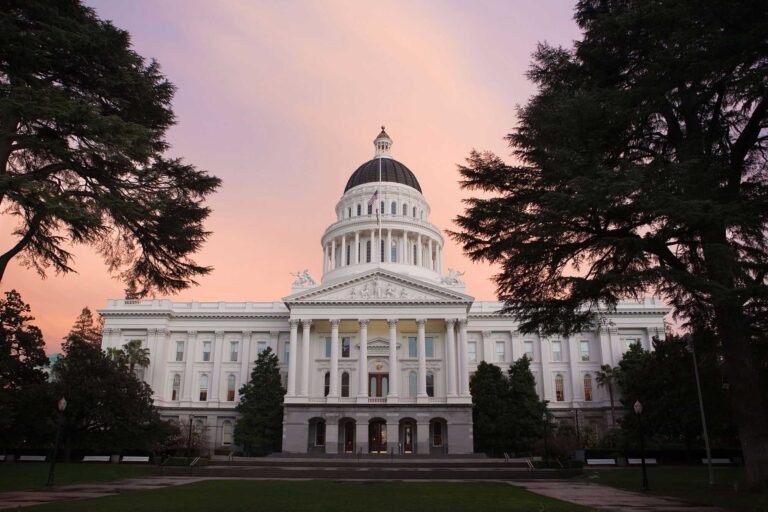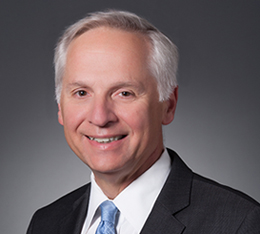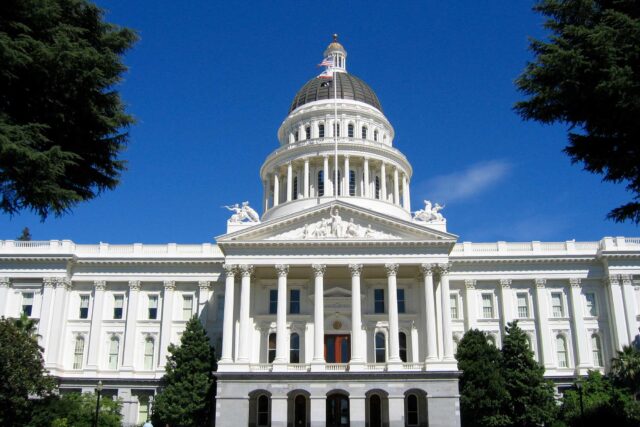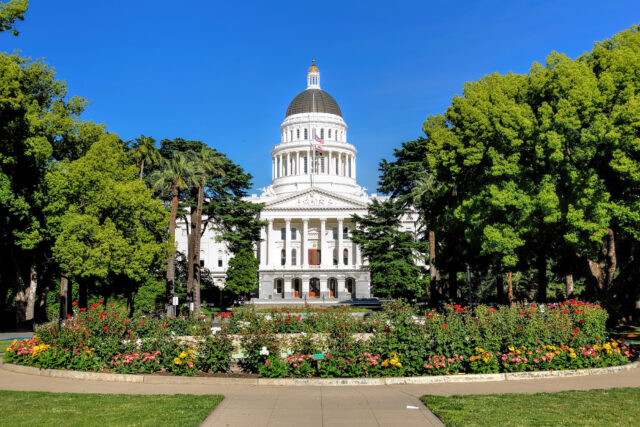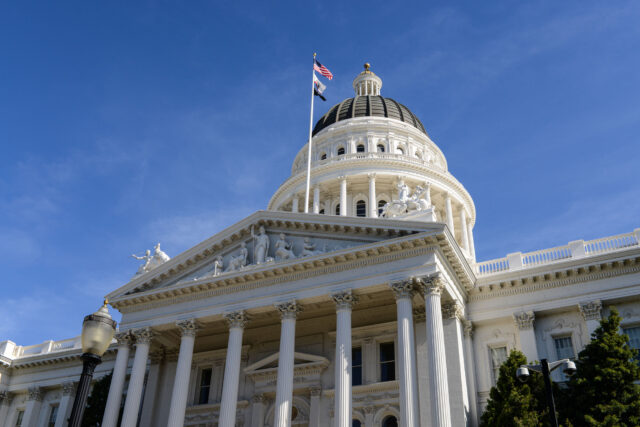The final numbers are in. With today’s release of California’s official Statement of the Vote, all of the recall election ballots have now been counted. During a global pandemic, the people have spoken loudly and clearly in an historic second governor’s recall. Here are four key takeaways:
Voter turnout. The pundits who predicted that a “voter enthusiasm gap” would result in low voter turnout in this special election were proven wrong. In advance of the September 14 election, every registered California voter received a vote-by-mail ballot. The results were astonishing: 12,892,578 ballots cast (58% registered voters, 52% eligible adults) which is close to the vote total in the November 2018 election when the governor’s race was on the ballot. The October 2003 governor’s recall election similarly exceeded expectations in voter engagement, although some have credited the higher-than-anticipated turnout at the time (61% of registered voters) to the presence of action movie star Arnold Schwarzenegger on the replacement ballot. In 2021, many factors led to strong political engagement but one stands out: more than six in ten likely voters across partisan groups said that the outcome of the recall election was very important to them, according to the September PPIC Survey. In sum, a governor’s recall is a “special” election for voters more for its possible impact than for its taking place in an odd year. Still, about 12 million adults who were eligible to vote did not bother to weigh in.
The recall vote. Gavin Newsom’s wide margin of victory in the recall election was a rerun of his landslide win in the November 2018 election. In the final count, 62% voted “no” on part one of the recall ballot for a total of 7,944,092 voting against Newsom’s removal from office. In the November 2018 election, 62% voted for Newsom in the top-two race against Republican John Cox, and that amounted to a similar 7,721,410 votes. In fact, opposition to the recall held steady in the March PPIC survey, May PPIC survey, and September PPIC survey—and each time closely mirrored the Newsom vote in November 2018. California exit polls found that most voters made up their minds well before the election, with nine in ten Democrats voting “no” and nine in ten Republicans voting “yes” on the recall; independent voters were more divided. The 2021 recall is the latest reminder that the outcomes of today’s statewide elections are largely predetermined by two factors: the Democrats’ 22-point advantage over the Republicans in voter registration, and unwavering partisan preferences on both sides.
The replacement vote. There is a caveat to Larry Elder’s first-place finish on part two of the ballot: the frontrunner received 3,563,867 votes or had 48.4% of the ballots cast, but since many did not make a selection among the 46 replacement candidates just 28% of all recall election voters supported him. The September PPIC survey found that Elder was the top choice among those voting “yes” to recall Newsom, while many voting “no” chose to not cast a vote for a replacement candidate. In stark contrast, 48.6% voted for frontrunner Arnold Schwarzenegger and there were 8% “votes not cast” in the October 2003 governor’s recall election. This time, the defeat of the recall made this a moot point, but a replacement candidate with less than a majority vote surfaced as a possibility—one that is not aligned with the state’s top-two primary system, which has been in effect since voters passed Proposition 14 in 2010.
The pandemic. COVID-19 was the top mention (31%) when voters were asked to name the most important issue in the California exit poll. From the start, the coronavirus outbreak played an outsized role in the recall. Last November, a court order extended the deadline for signature gathering because of the pandemic, which made it possible for the recall to qualify. As noted earlier, a vote-by-mail ballot was sent to everyone’s home because of the pandemic and this made it easier for Californians to cast their votes in this special statewide election. Partisans were deeply divided over pandemic policies and Governor Newsom’s handling of the coronavirus outbreak in ways that were consistent with their recall preferences stated in the March PPIC survey, May PPIC survey, and September PPIC survey. In the end, most election voters opted for staying the course on pandemic policies and keeping Newsom in office.
What do these voting patterns tell us about the upcoming 2022 statewide election? Vote-by-mail once again has proven its ability to engage voters, and the recent signing of AB37 into law—making this approach permanent—means that it will be part of the state’s election landscape going forward. In addition, Democrats continued their winning streak with the recall’s defeat, and we can thus expect little drama in the statewide partisan races next year. However, close votes on the recall in Fresno, Orange, Riverside, and San Bernardino Counties are a preview of competitive House races that will help to determine the party in control of the US Congress after the midterm election. Further, the second part of the ballot—replacement candidates—will be a hot topic as state commissions and legislative committees consider recommendations for recall reforms on the November 2022 ballot. Finally, COVID-19 continues to be top-of-mind today and progress with the pandemic will have a big impact on 2022 election choices.
The 2021 recall says a lot about the state of the state. Voters showed up in large numbers, a special election took place with no glitches, and winners and losers accepted the results with grace and dignity. We have work to do in voter registration and turnout, since millions of Californians did not have a voice in the recall. But in a year that began with the Capitol insurrection over the 2020 presidential election, California’s people and state government stood up to a tough test. While far from perfect, elections and direct democracy worked well in challenging times and that’s encouraging news for California’s future.

